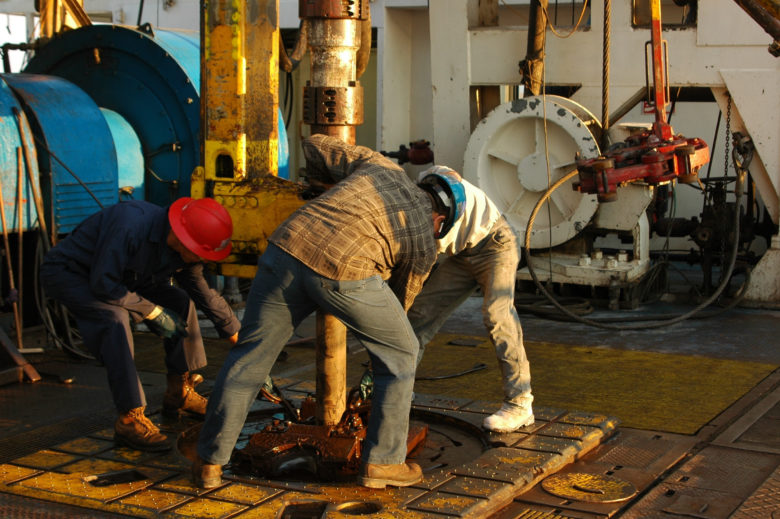Work conditions in the oil and gas industry are often hazardous and every year many workers are hurt or killed while performing their job. And although there are numerous dangers facing oil and gas workers on a daily basis—from chemical exposure to explosions and fires—a significant number of injuries and deaths is caused by slips, trips and falls.
The most significant contributing factors to slips, trips and falls in the oil and gas industry are states of mind like rushing and fatigue, which lead to unintentional errors. Many companies already strive to address physical hazards, which is a good start, but these human factors also need to be tackled. Ideally, the two should be dealt with in tandem to prevent slips, trips and falls.
Tackling the physical factors
Spills and obstructions on the ground are a major cause of slips and trips in the oil and gas industry. Good housekeeping standards are a must and can reduce the number of incidents. These are especially important on oil platforms and other areas where space is limited and it’s hard for workers to avoid hazards in their way. Make sure that there is nothing on the floor and that it’s clean or cleaned immediately after a spill of any kind.
Openings should be covered or clearly marked and blocked off. Informing people of hazards is rarely enough to keep them from getting hurt. If a cellar or tank is open for maintenance or other work, employees might forget a verbal head’s up they received earlier in the day, and could fail to notice the hazard if they’re in a rush or have become complacent.
Working on drilling platforms, masts and other raised areas requires appropriate PPE and fall protection systems. Such equipment has to be fitted to the worker and needs to be in good working condition. Harness failure and improper rigging methods can be (and often are) the cause of serious injuries and fatalities in the oil patch.
Slip-resistant boots or non-slip mats can be a great help in situations where it’s hard to keep floors dry (like on some rigs, oil platforms at sea or in wet weather). Although they won’t entirely solve the problem of slips, anti-slip measures might prevent a number of serious injuries.
Finally, guardrails, steps, ladders, and other similar equipment should be inspected regularly. If they’re discovered to have any faults, they should be retired immediately and replaced.
Addressing the human factors
Tackling the physical aspects of slip and trip hazards is relatively straightforward. Convincing employees to properly attend to housekeeping and maintenance issues is the harder part, especially when they work outdoors or on an oil rig that makes housekeeping issues seem less pressing or more difficult to manage.
In the oil and gas industry, workers are regularly fatigued due to their working schedules, their job is physically demanding, and their states of mind and lack of personal awareness can easily have fatal consequences. It’s important to teach employees to recognize when they’re frustrated, tired or complacent so that they can adjust their actions accordingly. But it’s not enough to simply explain the role between these states of mind and personal safety.
Human factors are a huge part of oil and gas safety, and providing a comprehensive education on error prevention and habit-building is an essential complement to providing physical solutions to slips, trips and falls.
Employees should also feel like they can bring up any and all safety concerns to their superiors without fear of retribution, including issues related to slips, trips and falls. In many cases, workers can provide a valuable perspective because they’re the ones who have to contend with slip and trip hazards on a day-to-day basis.
Many companies find it a challenge to hold an open conversation in the male-dominated industry of oil and gas. It’s a tough line of work and in some organizations, anyone flagging safety issues is perceived as weak or unsuitable for the job. However, finding a way to establish a dialogue and encouraging employees to share their concerns without judgment is an effective way to deal with the human-error component of slips, trips and falls.
There are all kinds of resources available to safety professionals in the oil and gas industry who wish to address the problem of slips, trips and falls in their workforce. As a good start, consult this guide and webinar to get a larger overview of how to eliminate this problem in your workplace.

